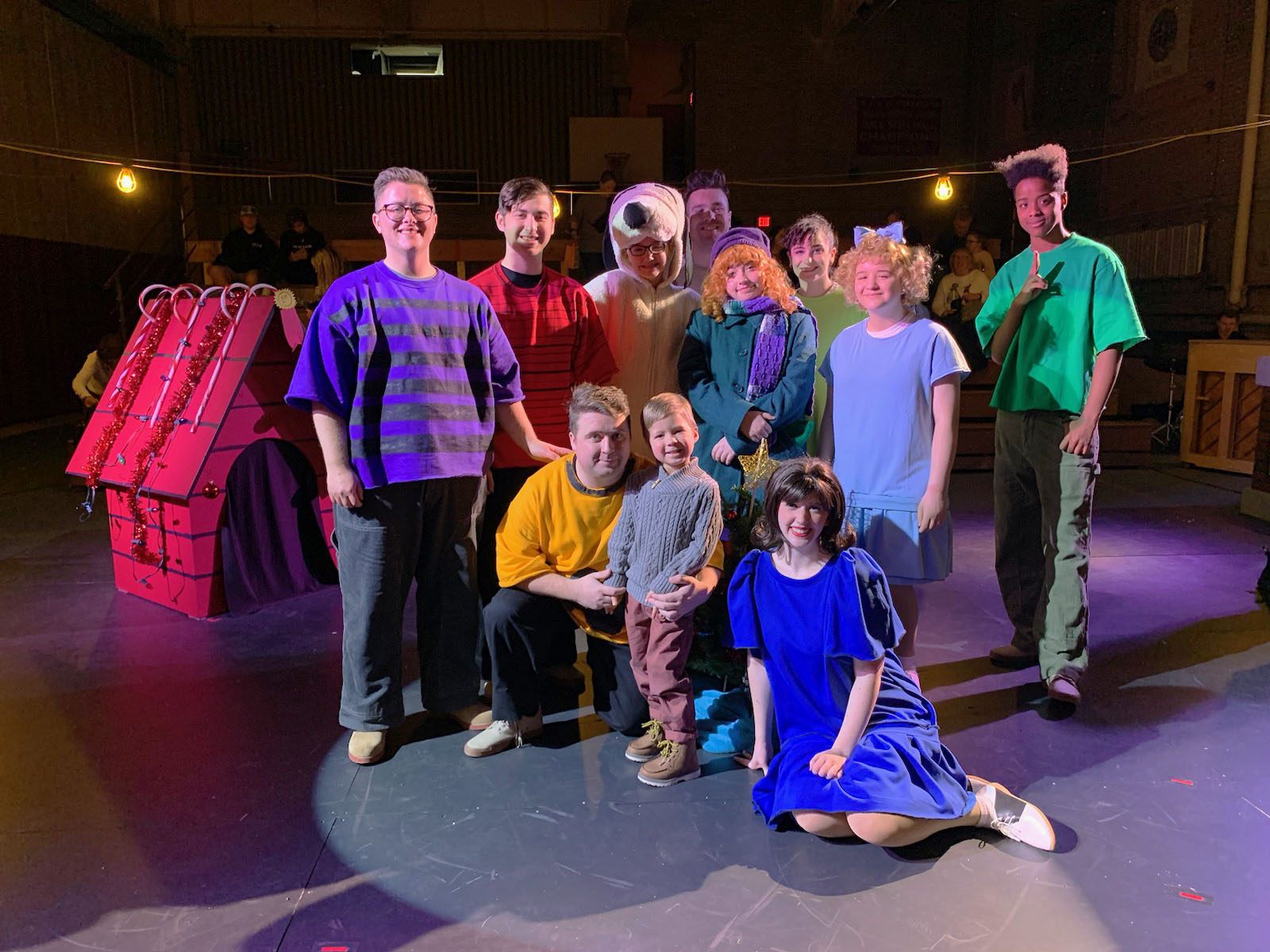Featured News - Current News - Archived News - News Categories
Story and Photo by Alice Gerard
Senior Contributing Writer
On April 8, the sky was overcast, and it looked as if it would remain that way for the entire day. My nephew, Devin, who had brought his family to Grand Island from California to view the eclipse, was busy with his efforts to find the best place to view the eclipse. He checked the radar the day before the eclipse, and he recommended that we travel west toward Ohio.
Several days before the eclipse, on April 3, I had gone to the Grand Island Memorial Library for a program about eclipses. The presenter, Paul Moretti, who serves as astronomer for the Penn Dixie Fossil Park and Nature Preserve in Blasdell, said the phase of the moon that is seen during a lunar eclipse – when the sun passes in front of the moon, blocking our sight of the moon – is the full moon. With the solar eclipse – like the one that occurred Monday – it’s the opposite. It is the new moon that passes in front of the sun, temporarily blocking its light from the path of totality.
“The light is still coming, but it’s hitting a side of the moon that we never see,” Moretti said.
The eclipse, he explained, “is a full sensory kind of thing.” It’s to be experienced and, even with cloud cover, we will still experience darkness and a drop in temperature, “but we won’t see all the cool stuff.”
Because we really wanted to see the “cool stuff” and to have the full sensory experience, we loaded two vehicles with chairs, snacks, water bottles, blankets, adults and children, and we started our adventure at 6:30 a.m. Monday, heading down the I-90. We chased after totality through a hazy sunrise on Grand Island and rain in northwestern Pennsylvania and into Ohio. When we arrived in Cleveland, we found sunshine. We stopped at Lake View Cemetery for a rest break, as well as to view the grave of John D. Rockefeller.
We also explored the elaborate monument where President James Garfield was entombed. It features 14 stained glass windows, which represent the 13 original colonies, plus Ohio, along with panels depicting war and peace. In addition to the windows, this ornate building features mosaics made with gold leaf, and marble statues. Docents were available to share the history of the building. In one room, there are two bronze sarcophaguses, a flag-draped one for Garfield and the other for his wife, Lucretia. They look like coffins, but the coffins are actually inside of the sarcophaguses. Garfield, who served just 200 days as president, is the only president to be given an above-ground resting place. Two urns in the same room contain the ashes of the Garfields’ daughter, Mary Garfield Stanley-Brown, and her husband, Joseph Stanley Brown.
Lake View Cemetery, which sits on 285 acres, was founded July 28, 1869, by the Lake View Cemetery Association, with Jeptha H. Wade as the first president. When we were there, hundreds of daffodils were in bloom, as well as many of the trees. The cemetery contains more than 100,000 graves. Some famous names can be seen in the cemetery, such as Eliot Ness, the treasury agent who caught Al Capone. A marker, called a cenotaph, can be found near the pond. He was cremated and his remains were scattered in the pond 40 years after his death.
Other names are less famous, including one that simply read “Baby (July 11, 1864-Aug. 1, 1864).”
Hiking on the hills of Lake View Cemetery felt like both a peaceful walk and a tour through history.
After talking with a man who was planning to record the eclipse with a camera attached to a drone, we chose to remain at the cemetery to watch the eclipse. Shortly before the eclipse began, clouds started to gather, but our view of the sky remained unaffected. We looked through eclipse glasses at the sun. I could see that the sun and the moon were separate objects and that they were three-dimensional. I could see that there was distance between the sun and the moon, and that the moon was traveling in front of the sun. Moretti said the distance between the earth and the moon is 240,000 miles, and that the distance between the sun and the earth is 93 million miles.
We were also able to see a red spot on the moon, known as a solar prominence. As we watched, the sky started getting darker and the air got considerably colder. Our view of the sun was uninterrupted by clouds. I wasn’t expecting to have as much clarity as I did while I watched the moon move in front of the sun. And then, the Baily beads appeared for a tiny moment, followed by a diamond ring effect, which Moretti described as “the last glimmer of light before it all goes black,” followed by totality, which occurred at 3:14 p.m. We could take off our eclipse glasses and look directly at the corona of the sun.
Several groups of people who had assembled at the cemetery to watch the eclipse applauded the beauty of the corona, as well as the fact that we were all there to witness it.
It was, for sure, an experience not to be missed. And the cemetery, full of history, was the right place for the experience.
The world’s next total solar eclipse will be visible from Spain on Aug. 12, 2026.





























